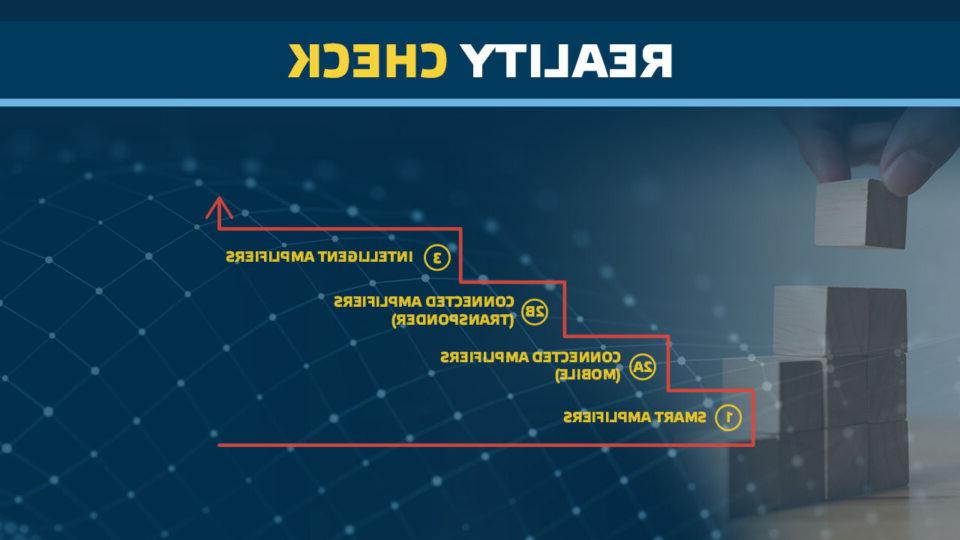
1的供电.8ghz放大器:现实检查
在本文中, we strive for facts for cable operators who might have heard anecdotal statements regarding the power consumption of 1.8 GHz放大器.
十大可靠彩票平台测量了几个1.0 GHz和1.2 GHz legacy amplifiers to compare them to our new 1.8 GHz放大器. 从测量的放大器, we have tabulated two line extenders and two system amplifiers that represent existing legacy amplifiers very well. 功耗1.0 GHz和1.2 GHz amplifier generations is on par with the new 1.8 GHz放大器, at least when the 1.8 GHz amplifier is run at full power and considering only active power. 这显示在 表1.

然而, the results may be misleading as the table shows useful power (a.k.a. active power [W]) and not total power (a.k.a. 视在功率(VA). Total power is interesting because electricity bills are based on it and network power supplies must feed that in the network. 十大可靠彩票平台需要 表2 看看区别. It shows comparison of two line extenders, where the legacy amplifier (Vendor A) does not include the power factor correction (PFC) function while the 电话este 1.8ghz放大器具有原生PFC.

The difference between the total power and the useful power is called reactive power. The reactive power provides a magnetized field required by inductive loads. The ratio between the useful power and the total power is called the power factor. When the power factor is one, the current draw from a network power supply is ideal. 当功率因数为0时.8, amplifiers draw more current than they really use. But is that higher current a real or imaginary problem? 问题是真实存在的, as the higher current requires more from network power supplies and causes higher losses in coaxial cables and other loads having resistance, 比如被动语态. Figures 1 and 2 illustrate what this means in practice. 图1 显示三个级联1.0 GHz system amplifiers without PFC. Amplifiers use 60 W, but their total power is 75 VA per amplifier.

图2 显示三个级联1.带PFC的8 GHz系统放大器. While useful power of amplifiers in both figures is equal, amplifiers without PFC draw higher current from the network power supply. This higher current leads to higher power loss in the coaxial cables. The 30 W difference is real and the existing cable networks equipped with legacy amplifiers (no PFC) are already today tolerating that. 好消息是: when existing cable networks are upgraded, new 1.8 GHz放大器 (with PFC) do not cause investment waves due to new network power supplies. 而不是, the saved power can feed additional booster amplifiers when the distance between high gain amplifier stations is especially long.

After discussing the power losses in coaxial cables and the benefits of PFC, 一些眼尖的读者可能会问, 十大可靠彩票平台能把存款加起来吗 表3? 是的,但只是在一定程度上. 然而, it is not possible to compare 381 W (225 VA + 156 W) to 306 W (180 VA + 126 W) directly and say that PFC saves 75 W because of two main reasons that are beyond the scope of this article. 第一个, in real networks the network itself, 即使没有PFC放大器, acts as a poor PFC due to the elements it contains. 其次, 而不是cos ø, summing useful power (W) and total power (VA) defies the laws of physics.
The math could be done for both amplifier cascades but generalizing the calculated results to cover other cases would lead to the wrong conclusions. 而不是, some rules of thumb based on real measurements can be offered. The benefit of having PFC in amplifiers is from 5% up to 20% lower power consumption. 电缆长度, 放大器数量, 网络电源质量, and whether we discuss useful or total power, 影响其大小. While the cable industry has discussed power consumption since the beginning, we would like to put VAs up on the pedestal when 1.8 GHz network upgrades are taking place. Pure watts may lead to wrong conclusions.

发现更多的 现实检查!




